“We’re the ones doing the work. Other people are trying to take credit for work we’ve done. It’s harder than ever to get money to provide the services needed. The foundations are all in love with backbone organizations, and seem to forget the people in the trenches.”
Sound familiar?
As I travel the country, I hear similar messages from a variety of youth-serving agencies and school districts. Many of their communities adopted a collective impact approach to see persistent problems solved. Yet, some initiatives stall indefinitely or fail to move beyond the program-rich, system-poor realities.
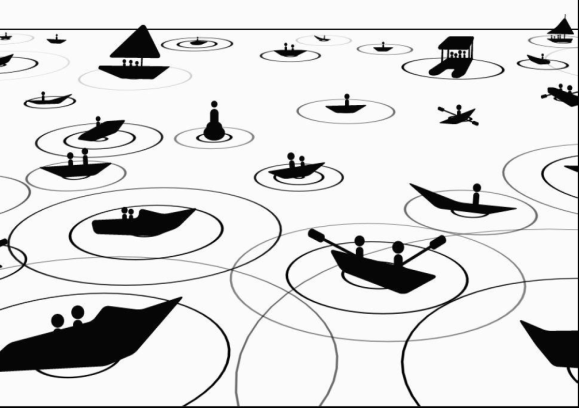 How can we move forward? Borrowing the Greater Cincinnati Foundation’s popular metaphor for collective impact may help. Picture a river crowded with boats and vessels of various sizes and speeds. All seem to be trying to reach a common goal, but many seem to slowly spin in circles or awkwardly bump into others. Some barely seem to move towards the finish line. A few stray off to the sides or even head up river against the current. The landing zone seems so far away and somehow they just can’t get to the finish line.
How can we move forward? Borrowing the Greater Cincinnati Foundation’s popular metaphor for collective impact may help. Picture a river crowded with boats and vessels of various sizes and speeds. All seem to be trying to reach a common goal, but many seem to slowly spin in circles or awkwardly bump into others. Some barely seem to move towards the finish line. A few stray off to the sides or even head up river against the current. The landing zone seems so far away and somehow they just can’t get to the finish line.
From the chaotic confusion, a rhythmic sound can be heard. An encouraging voice of the coxswain calls out to the crew. While the rowers’ energy levels and skills match those in the other boats, somehow the united crew speeds forward.
 Relying on the coxswain to keep them informed, the crew continues to push toward the yet unseen goal.
Relying on the coxswain to keep them informed, the crew continues to push toward the yet unseen goal.
What makes this crew more effective than the others? The crew demonstrates a commitment to the goal and shares a desire to advance that common agenda (more than their own limited individual impact). Second, each member of the crew delivers on their strengths in sync with the others. Third, the coxswain provides continuous communication to the crew (and the public observing along the river) and helps everyone know how the crew is progressing toward their goal. Finally, the boat itself supports the whole team, keeps them together, and bundles their energies for maximum impact.
Differentiated Roles, Common Goals
A review of the differentiated roles within a collective impact initiative shed light on how direct service organizations can work with each to overcome barriers to progress.
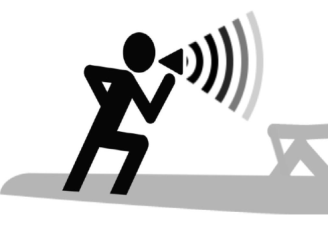 The coxswain motivates and informs the crew, while coordinating power and rhythm. Without a paddle, the coxswain is reliant upon others to move the initiative forward. Applying this to the concerns of direct service organizations’ fear of losing identity, the coxswain’s voice rises above any communication of the crew members and, in doing so, reduces the individual brand voice for a collective message. The coxswain’s call also represents the importance of continuous communication which helps to build the trust needed for progress.
The coxswain motivates and informs the crew, while coordinating power and rhythm. Without a paddle, the coxswain is reliant upon others to move the initiative forward. Applying this to the concerns of direct service organizations’ fear of losing identity, the coxswain’s voice rises above any communication of the crew members and, in doing so, reduces the individual brand voice for a collective message. The coxswain’s call also represents the importance of continuous communication which helps to build the trust needed for progress.
Direct service organizations without strong external linkages may ignore the message and find themselves far upstream from the public will, policy trends, and funding attractive to innovators from multiple sectors. This is supported by research that found some organizational cultures from a variety of sectors have stopped hearing the voices outside of their own isolated impact areas, which only perpetuates the problem (Schmitz, 2012). Continuous communication grounded in community reality is essential for both crew progress and direct service effectiveness.
Stern Pair
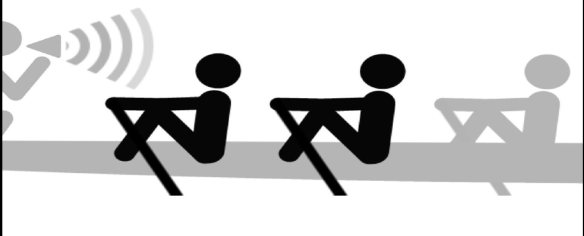 At the front of the boat are the stern pair who set the stroke rate and establish a rhythm for all others on the boat to follow. In some cases, these highly influential pacesetters are foundations, United Ways, or corporations that demonstrate early investment in the initiative. It’s also possible for the stern pair members to be direct service organization leaders that eagerly adopt and align.
At the front of the boat are the stern pair who set the stroke rate and establish a rhythm for all others on the boat to follow. In some cases, these highly influential pacesetters are foundations, United Ways, or corporations that demonstrate early investment in the initiative. It’s also possible for the stern pair members to be direct service organization leaders that eagerly adopt and align.
For direct service partners not playing this role, accepting the rhythm from outside the agency’s hierarchy can impinge upon much-desired autonomy and independent identity. For others, resistance to change or slower-paced organizational culture may impede progress.
Bow Pair
 At the bow end of the boat are the most technical members of the crew who set the balance for others with their data-driven focus that also enables smoother course corrections. Monitoring the progress of the crew against the plan includes a timely and honest assessment of current results with recommendations for speedy responses to better position the crew to meet the end goal.
At the bow end of the boat are the most technical members of the crew who set the balance for others with their data-driven focus that also enables smoother course corrections. Monitoring the progress of the crew against the plan includes a timely and honest assessment of current results with recommendations for speedy responses to better position the crew to meet the end goal.
As noted in Channeling Change, “fears about being judged as underperforming make it very hard to agree on common measures. Organizations have few resources with which to measure their own performance…” (Hanleybrown, Kania, & Kramer, 2012). Not surprisingly, shared measurement is regularly reported as a challenge for practitioners (Hanleybrown, Kania, & Kramer, 2012). For direct service organizations accustomed to competing for funding, the perceived vulnerability from changing from a proprietary model to open source for the sake of mutual accountability is daunting, but doable.
The Powerhouse
In the center of the boat working hard are the most robust, but least technical, rowers: the powerhouse.
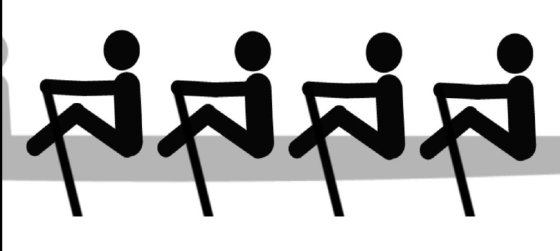 Drawing strength from the inherent connections made through their community-building relationships, the powerhouse players are the direct service organizations who exercise their institutional capacity via mutually reinforcing activities that buttress the collective impact initiative. In addition to direct service organization staff, their partners, volunteers, and constituents also provide power for collective impact.
Drawing strength from the inherent connections made through their community-building relationships, the powerhouse players are the direct service organizations who exercise their institutional capacity via mutually reinforcing activities that buttress the collective impact initiative. In addition to direct service organization staff, their partners, volunteers, and constituents also provide power for collective impact.
Overcoming the Challenges
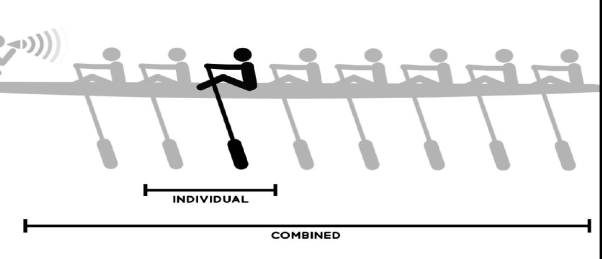 Each member of the crew should recognize the power of collective impact to turn their individual efforts into a combined effort that together produces a greater result.
Each member of the crew should recognize the power of collective impact to turn their individual efforts into a combined effort that together produces a greater result.
In order for individual agency programs to add up to aggregate change, direct service organizations need to embrace their important position in the boat and the need to switch their organizational cultures to reflect their new reality.
p.s. You want to know my response to the nay-saying whispers? My experience has been that more funding flows to those who choose to work together. Even more funding flows to those who start to succeed at working together better. And ultimately, our work is about changing lives, not claiming credit.
